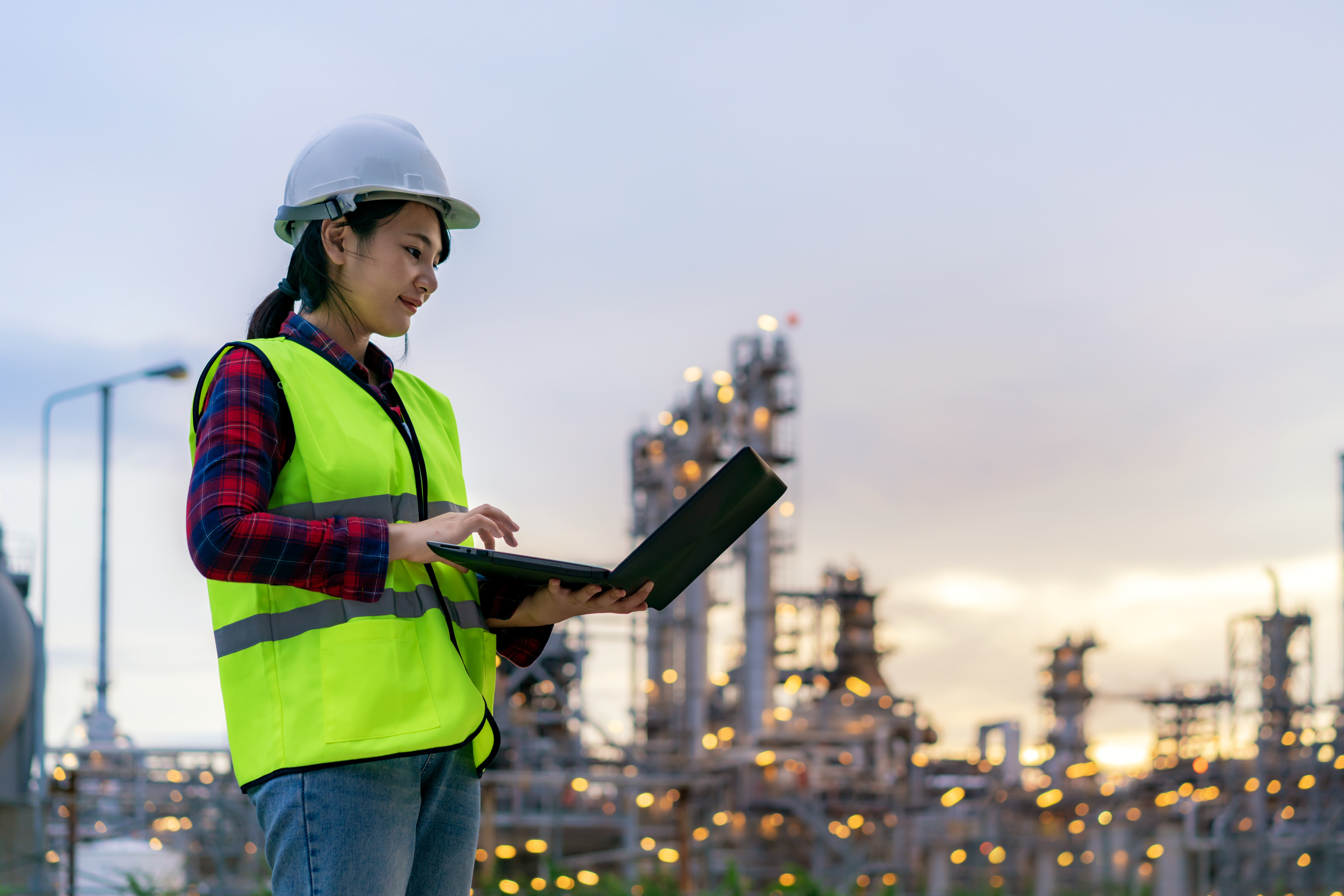
5 of the most common hazards at manufacturing plants
by Emily Newton, Editor-in-Chief, Revolutionized
Keeping the workplace safe and clear of the most common manufacturing hazards should be a priority.

Breaking down Manufacturing Operations Management (Adobe Stock)
Workplace safety is essential for removing common manufacturing hazards that could harm employees, leadership, vendors and partners visiting a site. The industry has come a long way in recent years and environments are safer overall, but many unsafe practices and hazards still need to be mitigated.
1. Inadequate Labor Breaks
People are not machines. They need time away from their jobs to clear their heads and rest. Failing to provide breaks can cause a decline in productivity, but it’s also detrimental to mental and physical health. Lunch breaks are especially important to recover energy and refuel the body. Not eating or hydrating properly can lead to many health issues.
2. Poor Accident Protection
It doesn’t matter whether you’re talking about a long fall over a railing or a quick slip because of spilled fluids in the work area. Suitable fall protection is imperative for keeping everyone safe, and that doesn’t just include personal protective equipment on the job site like a hard hat. Other factors, like wet floor signs, hazard warning signs and proper cleanup procedures, also apply.
All facility fixtures and hardware should be frequently monitored and serviced. Railings or climb handles can degrade over time. Safety inspectors should regularly assess the workplace for major and minor hazards that appear, ensuring they’re remedied before anyone gets hurt. Moreover, PPE should be a requirement at all times.
3. Harmful Environmental Conditions
Sometimes, spending time in a particularly troubling environment can cause lasting damage. Sitting all day in an office chair with poor posture can harm the skeletal frame and has been known to cause heart problems, too. Noise pollution, an especially common hazard in industrial settings, can wreak havoc on your workers’ hearing.
These negative environmental conditions should always be considered, researched and addressed appropriately to keep workers safe.
4. Lack of Training
Proper training is needed before using equipment, machines and tools, safely navigating the work floor, and being mindful of the environment. Accidents are more likely to occur if personnel do not know or understand how to do these things — or why they’re important.
That’s especially true of inexperienced operators using heavy equipment. It’s one of the most common manufacturing hazards. Even something like a forklift can be extremely dangerous if someone doesn’t know the proper safety standards or operational procedures.
5. Failing Equipment
Consistent maintenance is paramount. Machines, tools and gear naturally degrade and break down over time. Everything should be inspected and serviced as often as needed. Of course, preserving productivity and efficiency is crucial, especially with tools that call for a certain degree of accuracy. However, broken or failing equipment is one of the common manufacturing hazards.
Consider bandsaw blades. The blade material and how it’s being used can directly affect the lifetime of the tool, as can feed rates, build quality and the tension placed on the system during use. Understanding when the device might fail and cause irreparable harm is vital. The key is not just to know when a tool is failing but why, and what factors are contributing to the wear and tear. That allows for better servicing, longer life spans and a much safer environment.
Protecting Your Workers From Common Manufacturing Hazards
Keeping the workplace safe and clear of the most common manufacturing hazards should be a priority. The more accidents and injuries that occur, the greater the delays in the operation. It also creates a lack of trust among your workforce, which can influence productivity, work ethic and turnover rates. From a purely business standpoint, it’s necessary to protect your people. From a moral perspective, there’s no other way.